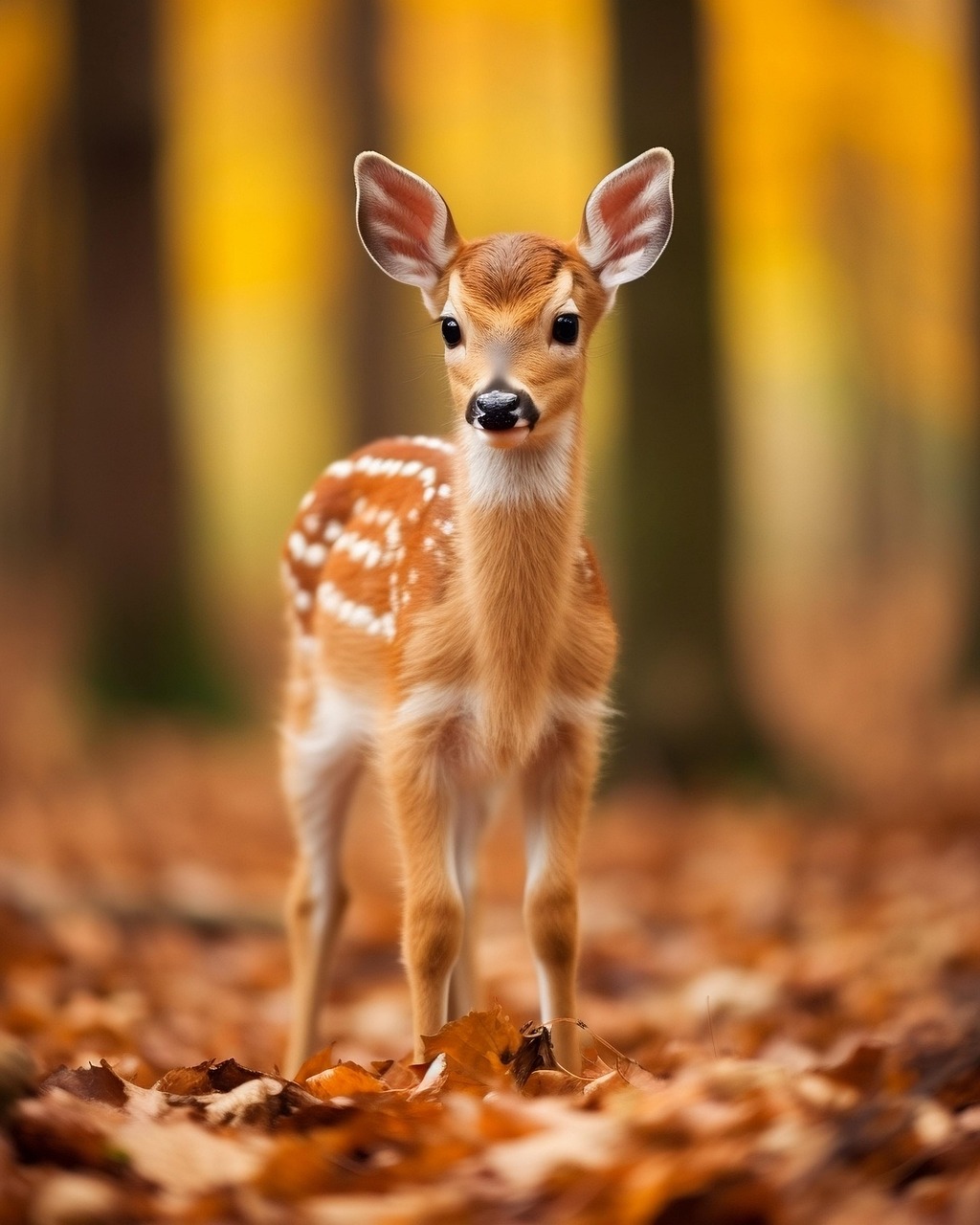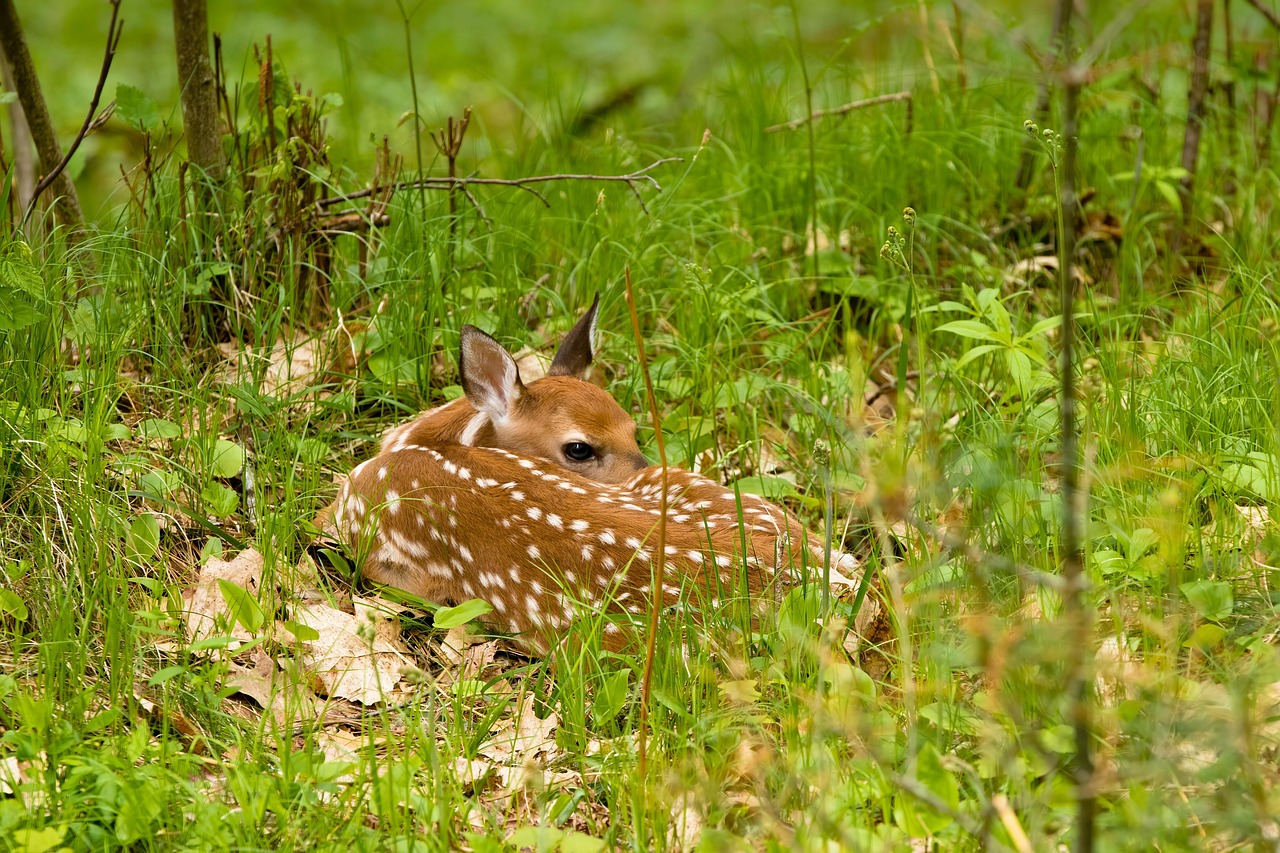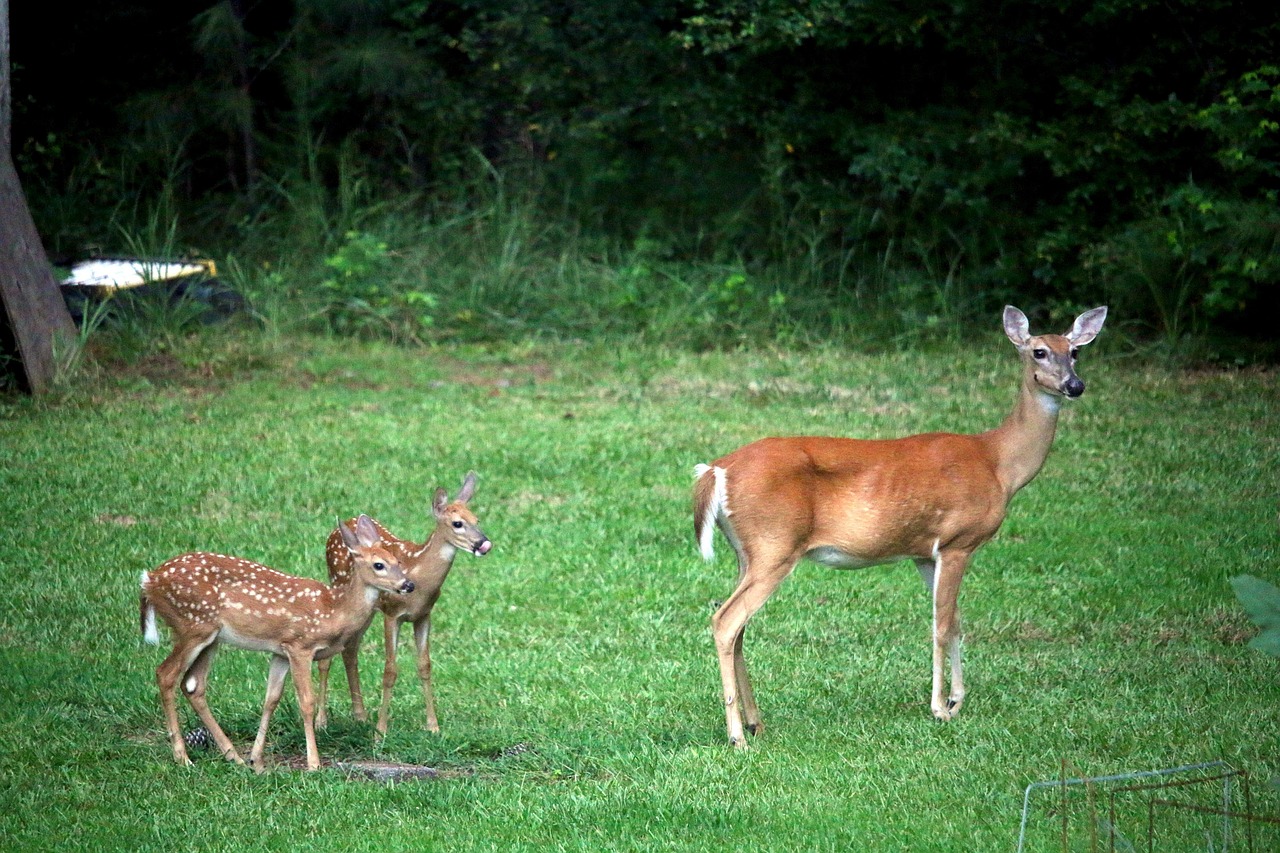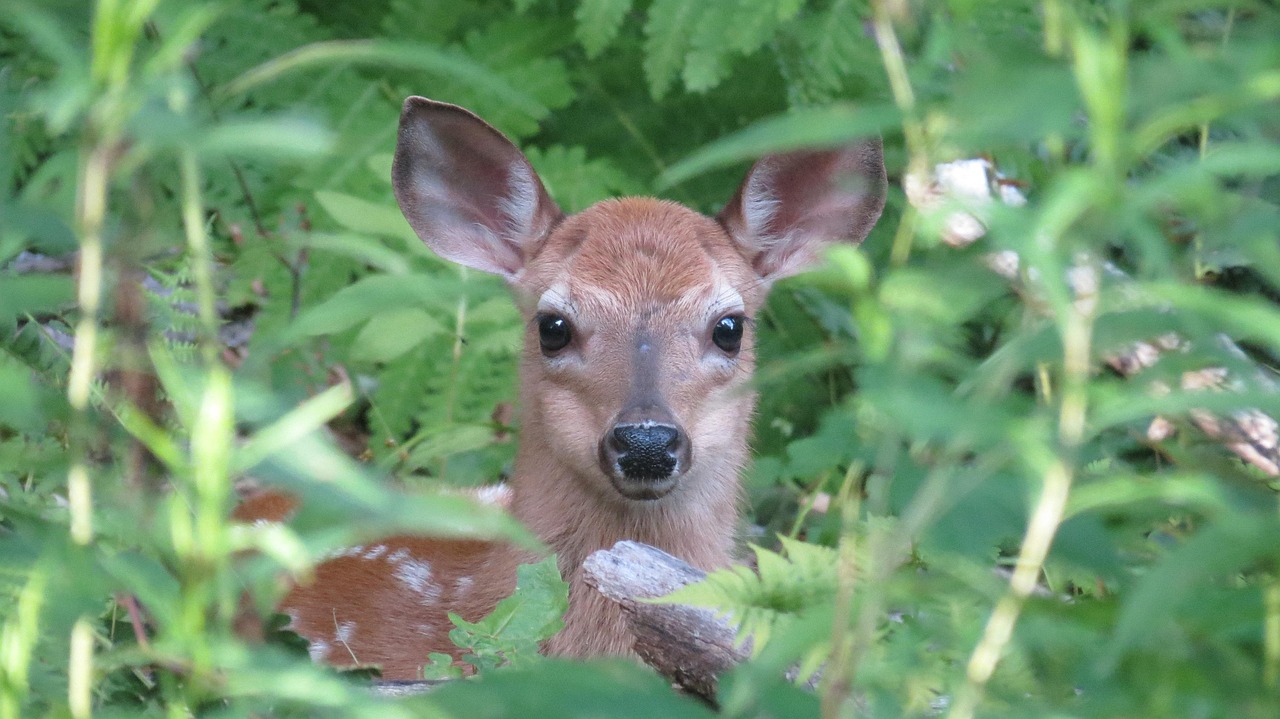Fawn Development

Fawn Fetal Stages
Fawn fetal development occurs in stages, similar to other mammals, and is characterized by the growth of the fetus in the mother’s womb until birth. The development of a fawn is typically divided into three main stages: early, mid, and late gestation. Here’s an overview of fawn fetal development:
- Early Development (First 30-60 Days)
Fertilization and Early Growth: After mating, the sperm fertilizes the egg, and the zygote starts developing into a blastocyst. The blastocyst implants into the wall of the uterus around day 8 to 12.
Formation of Basic Structures: During the first month, the fawn’s primary body structures start to form, including the neural tube, which will become the brain and spinal cord. The heart starts beating, and the first signs of limbs begin to appear.
- Mid Development (60-120 Days)
Rapid Growth: At this stage, the embryo becomes recognizable as a fawn. It begins to grow rapidly, and the limbs, ears, and eyes start to form more distinctly. The tail, hooves, and other features continue to develop.
Organ Development: The internal organs, such as the liver, kidneys, and lungs, become functional, though the lungs are not fully developed and will not be fully functional until after birth. The fawn starts to grow in size, and the mother can sometimes feel movement.
Bone Development: Bone formation is actively occurring, replacing the cartilage in various parts of the body. The fawn is still relatively small but much more recognizable.
- Late Development (120-180 Days)
Maturation of Organs and Body: The fawn continues to grow and develop muscle mass and fat layers, and its organs mature. The skeletal system becomes stronger, and the fawn’s fur begins to develop, often with the distinctive white spots.
Size and Final Preparations for Birth: By the end of the gestation period (around 200 days, depending on the species), the fawn is fully developed and ready for birth. The fetus will start to position itself for delivery, with the head facing the birth canal.
Lung Maturation: The fawn’s lungs continue to mature in preparation for breathing after birth. The placenta provides oxygen and nutrients, but the fawn will begin to rely on its own lungs once born.
- Birth
Delivery: After a gestation period of about 200 days (around 6 to 7 months), the fawn is born. The birth usually happens in a secluded area to protect the newborn from predators. Fawns are born with their eyes open and are capable of standing and walking within a few hours after birth, though they remain hidden for several days for safety.
After birth, the fawn will continue to rely on its mother’s milk for nourishment until it is old enough to begin grazing on solid food. The fawn’s distinctive spots help it blend in with its surroundings, providing camouflage from predators in the wild.
Fawn Growth
Fawn growth stages typically follow these broad phases:
- Birth to 2 Weeks (Neonatal Stage):
Size: Newborn fawns are usually around 6–8 pounds (2.7–3.6 kg).
Appearance: Their coat is a reddish-brown with white spots, which helps camouflage them.
Development: They are born blind and rely on their mother for warmth, nutrition, and safety. Fawns nurse frequently, getting all the nutrients from their mother’s milk.
Movement: Fawns are relatively immobile during the first few days, but they begin to stand and move within hours of birth.
- 2 Weeks to 2 Months (Juvenile Stage):
Size: By 1 month, they weigh around 12–15 pounds (5.4–6.8 kg).
Appearance: Their fur starts to transition from a reddish-brown to a more grayish color. The spots begin to fade.
Development: At this stage, they begin grazing on grass and leaves but continue nursing for nutrition. Their muscles and coordination improve, and they start walking and running short distances.
Social Behavior: Fawns stay close to their mother, learning survival behaviors like hiding and avoiding predators.
- 2 to 5 Months (Young Fawn Stage):
Size: They weigh between 30 and 50 pounds (13.6–22.7 kg) by the end of this stage.
Appearance: The spots mostly disappear, and their coat turns into a more mature grayish-brown.
Development: Fawns start to eat more solid food and spend more time grazing with their mothers. Their hooves become more developed, and they can run faster.
Social Behavior: They may start playing with other fawns, learning more about the herd structure.
- 5 to 9 Months (Subadult Stage):
Size: They can weigh anywhere from 50 to 80 pounds (22.7–36.3 kg).
Appearance: Their coat continues to darken, and their body size increases. Males may begin to show the early development of antlers.
Development: Fawns are now weaned off their mother’s milk and fully rely on vegetation for food. They are more independent but may still stay close to their mother.
Social Behavior: They begin to form their own social bonds with other young deer.
- 9 to 12 Months (Yearling Stage):
Size: By the end of this stage, a fawn is usually between 80 and 120 pounds (36.3–54.4 kg).
Appearance: Males start to show more defined antlers (usually small spikes), and females reach their adult body size.
Development: They are now sexually mature, though males are unlikely to breed at this age. They are fully weaned and capable of surviving independently.
Behavior: Yearlings start to become more independent, and males may begin to show more dominance behavior as they compete for territory or mates.
- 1 to 2 Years (Adult Stage):
Size: A male can weigh 100–150 pounds (45–68 kg), and females are typically smaller.
Appearance: Males develop larger antlers, while females remain antlerless.
Development: Deer at this stage are fully grown and start to breed. The antlers of males are at their full size by this stage, and the fawns are now part of the adult herd.
During each of these stages, fawns grow rapidly, and their dependency on their mother gradually decreases. Their behavior and physical characteristics evolve in response to their changing needs for survival and reproduction.


